La Crosse Technology TX15U Handleiding
Bekijk gratis de handleiding van La Crosse Technology TX15U (7 pagina’s), behorend tot de categorie Niet gecategoriseerd. Deze gids werd als nuttig beoordeeld door 274 mensen en kreeg gemiddeld 5.0 sterren uit 137.5 reviews. Heb je een vraag over La Crosse Technology TX15U of wil je andere gebruikers van dit product iets vragen? Stel een vraag
Pagina 1/7

TX15U Wind Speed Sensor
The TX15U wind sensor is used in conjunction with the TX8U temperature/ humidity sensor to gather and transmit information to
your wireless weather station. The TX15U wind sensor measures the wind speed and sends the information to the TX8U temperature/
humidity sensor. This sensor then transmits all outdoor weather information from both outdoor sensors to the display indoors.
INVENTORY OF CONTENTS
1. TX15U wind sensor
2. Mounting bracket
3. Mounting hardware
4. Instruction manual and warranty card
QUICK SET-UP GUIDE
Hint: Use good quality Alkaline Batteries and avoid rechargeable batteries.
1. Have the indoor weather station, remote temperature/humidity sensor and wind speed sensor 3 to 5 feet apart.
2. Insert the telephone plug (RJ-11) from the wind speed sensor into the receptacle on the remote temperature/humidity
sensor.
3. Batteries should be out of both the indoor weather station and remote temperature/humidity sensor units for 10 minutes.
4. Place the batteries into the remote temperature/humidity sensor first then into the indoor weather station.
5. DO NOT PRESS ANY BUTTONS FOR 15 MINUTES.
In this time the indoor weather station and remote temperature/humidity sensor will start to talk to each other and the display will
show the indoor temperature/humidity, outdoor temperature/humidity and wind speed. If the indoor weather station does not display
all information after the 15 minutes please retry the set up as stated above. After all information has been displayed for 15 minutes
you can place your sensors outdoors and set your time.
Important Notes on Set-up and Operation
• The remote temperature/humidity sensor is both the source of power for both outdoor sensors and source of transmission for
all remote sensor data.
• The remote temperature/humidity sensor should be placed in a dry, shaded area.
• Fog and mist will not harm your remote temperature/humidity sensor but direct rain must be avoided.
• Direct rainfall will not harm the wind speed sensor.
• The remote temperature/humidity sensor has a range of 300 feet. Any walls that the signal will have to pass through will
reduce distance. An outdoor wall or window can have up to 30 feet of resistance and an interior wall can have up to 20 feet
of resistance. Your distance plus resistance should not exceed 300 ft. in a straight line.
• The remote temperature/humidity sensor transmits a signal every minute. After the batteries have been installed, the indoor
weather station will search for the signal for a duration of 15 minutes. If there is no temperature or humidity reading in the
OUTDOOR LCD or wind speed in the WIND SPEED LCD after 15 minutes, make sure the units are within range of each
other, or repeat the battery installation procedure.
• If a button is pressed before the indoor weather station receives the signal from the remote temperature/humidity sensor, you
will need to follow the battery installation procedure again.
To complete the set up of your new wireless weather station after the 15 minutes have passed please follow the steps that follow in the
Detailed Set-Up Guide.

DETAILED SET-UP GUIDE
BATTERY INSTALLATION
The first step to powering up the weather station is to insert the connector (RJ11) at the end of the wire attached to the wind speed
sensor to the remote temperature/humidity sensor. Please ensure when doing this that the connector is inserted with the proper
orientation. When seated properly you will hear the connector ‘click’ in place.
A. REMOTE TEMPERATURE/HUMIDITY SENSOR
1. Remove the mounting bracket and humidity hood.
2. Remove the battery cover by sliding the cover down.
3. Observing the correct polarity install 2 AA batteries. The batteries will fit tightly (to avoid start-up problems make sure
they do not spring free).
4. Replace the battery cover by sliding upwards. Be sure battery cover is on securely.
5. Replace the humidity hood.
B. INDOOR WEATHER STATION
1. Remove the battery cover. To do this, insert a solid object in the space provided at the lower-central position of the
battery cover, then push up and pull out on the battery cover.
2. Observe the correct polarity, and install 3 AA batteries.
3. Replace the battery cover.
Note: Immediately after the batteries have been installed, the LCD (Liquid Crystal Display) will flash. Within 15
seconds the indoor temperature, indoor relative humidity, and the weather icons (sun and clouds) will be displayed.
If not, remove batteries for 10 seconds and reinstall. If the outdoor temperature is not displayed within four minutes,
remove batteries from both units, wait 30 seconds, and reinstall making sure to install batteries into the remote
temperature sensor first. The time will show -:-- and start searching for the WWVB signal. If it successfully receives
the time signal (usually at night), it will display the correct time (default time-zone is Eastern). You will need to
adjust the time zone to match your local time.

MOUNTING
Note: Before permanently mounting ensure that the indoor weather station is able to receive WWVB signals from the
desired location. Also, extreme and sudden changes in temperature will decrease the accuracy of the indoor weather station,
and changes in elevation will result with inaccurate weather forecasting for the next 12 to 24 hours. These changes will
require a 12 to 24 hour wait before obtaining reliable data. To achieve a true temperature reading, avoid mounting where
direct sunlight can reach the remote temperature/humidity sensor or indoor weather station. While the remote
temperature/humidity sensor is weather proof, avoid submersion in water or snow. We recommend that you mount the
remote temperature/humidity sensor on an outside North-facing wall. The sending range is 300ft—obstacles such as walls,
concrete, and large metal objects can reduce the range. Place both units in their desired location, and wait approximately 15
minutes before permanently mounting to ensure that there is proper reception. The indoor weather station should display a
temperature and humidity in the OUTDOOR LCD and wind speed (can be 0.0) in the WIND SPEED LCD within 4 minutes
of setting up.
I. THE REMOTE TEMPERATURE/HUMIDITY SENSOR
The remote temperature/humidity sensor can be mounted in several ways:
• With the use of screws
• Using adhesive tape
• Using nylon straps
A. MOUNTING WITH SCREWS
1) Remove the mounting bracket from the remote
temperature/humidity sensor.
2) Place the mounting bracket over the desired location.
3) Through the two screw holes of the bracket, mark the
mounting surface with a pencil.
4) Screw mounting bracket onto the mounting surface. Ensure
that the screws are tight against the bracket.
5) Insert the remote temperature/humidity sensor into the
bracket.
B. MOUNTING WITH ADHESIVE TAPE
1) With a nonabrasive solution, clean and dry the back of the mounting bracket and the mounting surface
to ensure a secure hold. The mounting surface should be smooth and flat.
2) Remove the protective strip from one side of the tape.
3) Adhere the tape to the designated area on the back of the mounting bracket.
4) Remove the protective strip from the other side of the tape.
5) Position the remote temperature/humidity sensor in the desired location, ensuring that the indoor
weather station can receive the signal.
C. MOUNTING WITH NYLON STRAPS
1) Remove the mounting bracket from the remote
temperature/humidity sensor.
2) Place two nylon straps through the slots on the mounting bracket.
3) Place the remote temperature/humidity sensor in your desired
mounting location.
4) Fasten the two nylon straps securely around the mounting location.
Product specificaties
| Merk: | La Crosse Technology |
| Categorie: | Niet gecategoriseerd |
| Model: | TX15U |
Heb je hulp nodig?
Als je hulp nodig hebt met La Crosse Technology TX15U stel dan hieronder een vraag en andere gebruikers zullen je antwoorden
Handleiding Niet gecategoriseerd La Crosse Technology
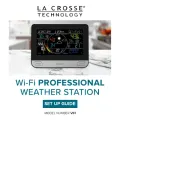
3 September 2024

5 Januari 2024

6 December 2023

9 Juli 2023

7 Juli 2023

17 Juni 2023

15 Juni 2023

14 Juni 2023

9 Juni 2023

9 Juni 2023
Handleiding Niet gecategoriseerd
- Bikemate
- Eartec
- Steelseries
- Pawa
- Varaluz
- Milan
- IPort
- Nite Ize
- Goal Zero
- PureLink
- Arktic
- Gardol
- Binatone
- Vivitar
- KJB Security Products
Nieuwste handleidingen voor Niet gecategoriseerd
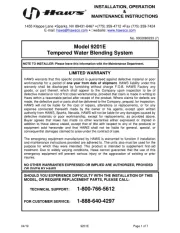
16 September 2025
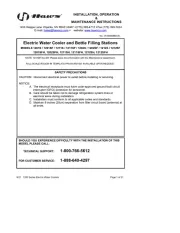
16 September 2025
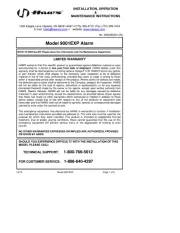
16 September 2025

16 September 2025
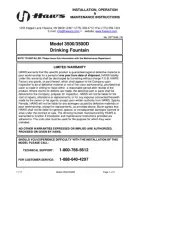
16 September 2025
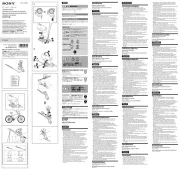
16 September 2025
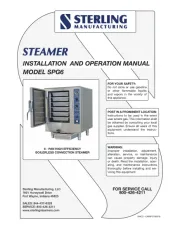
16 September 2025
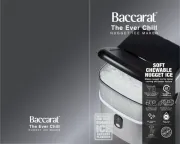
16 September 2025
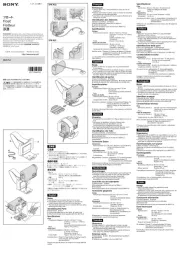
16 September 2025
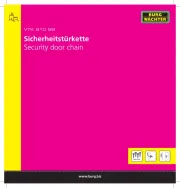
16 September 2025